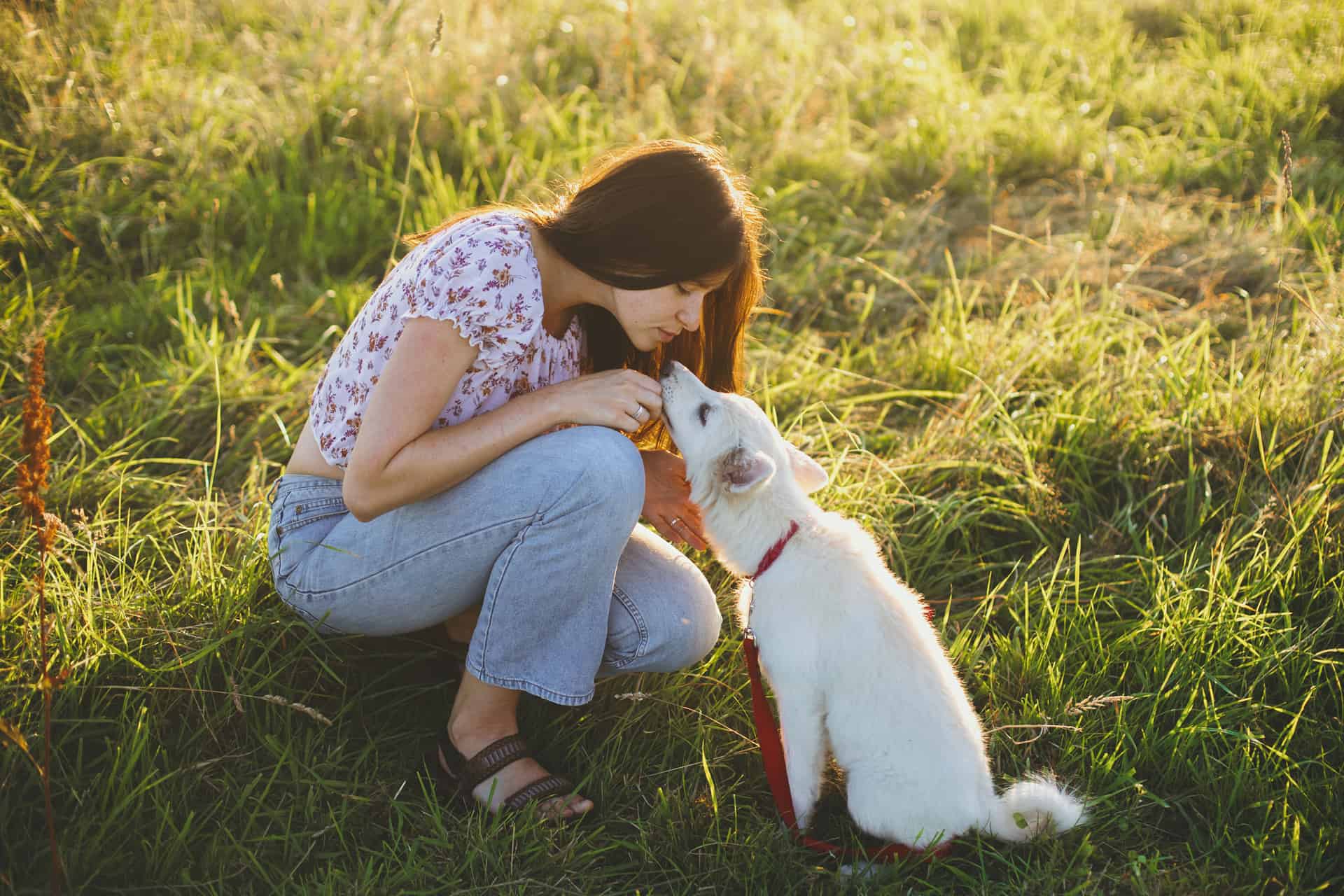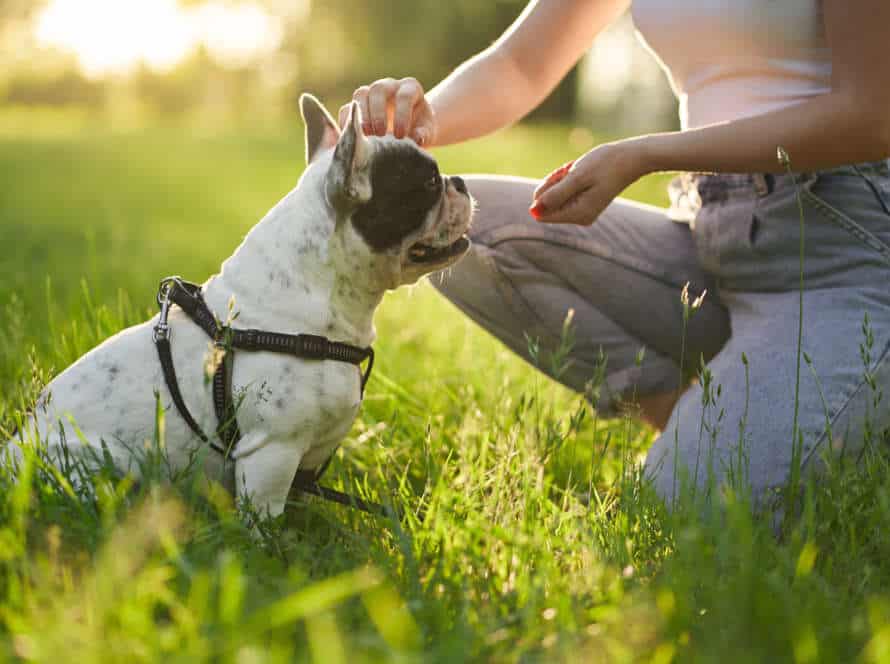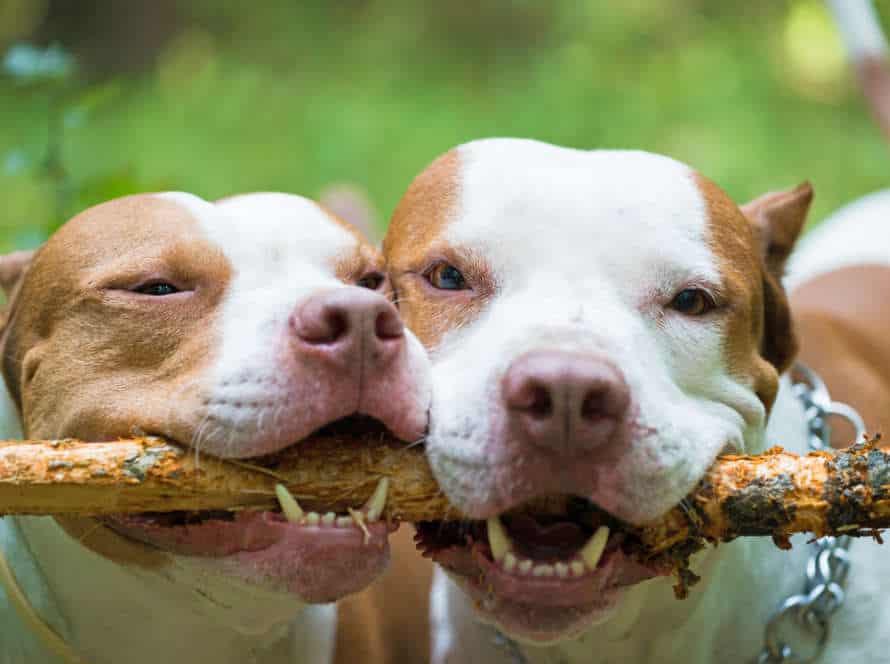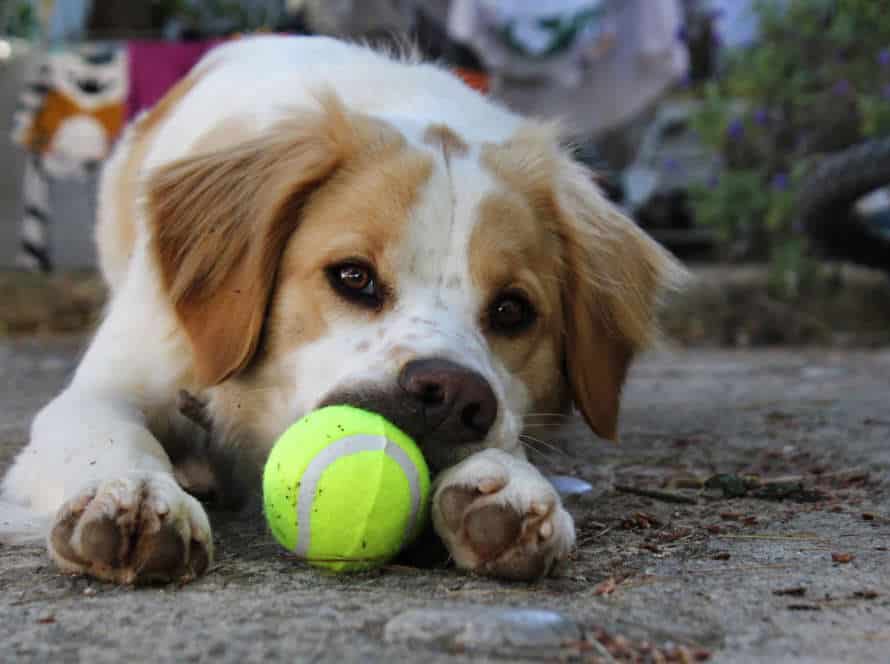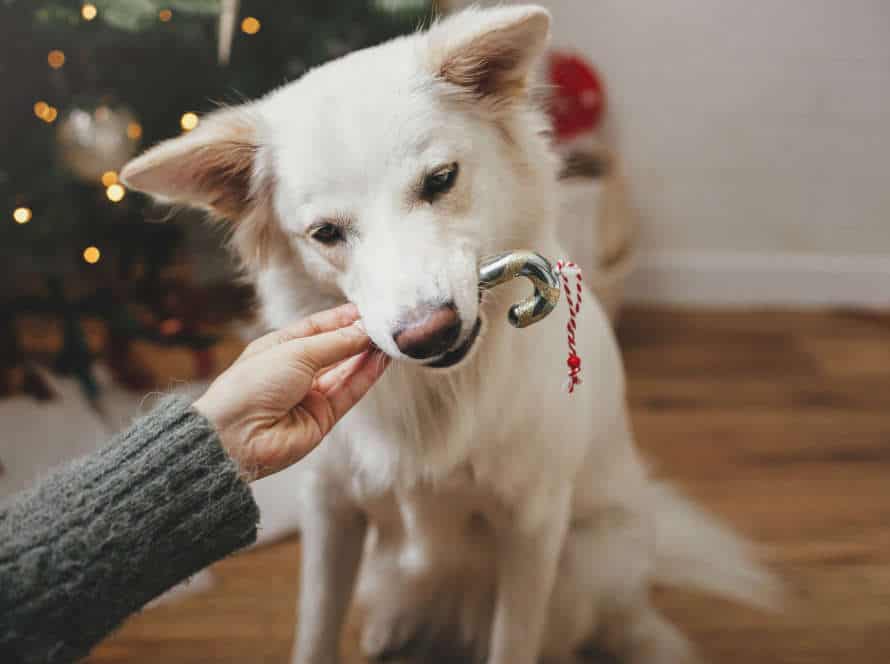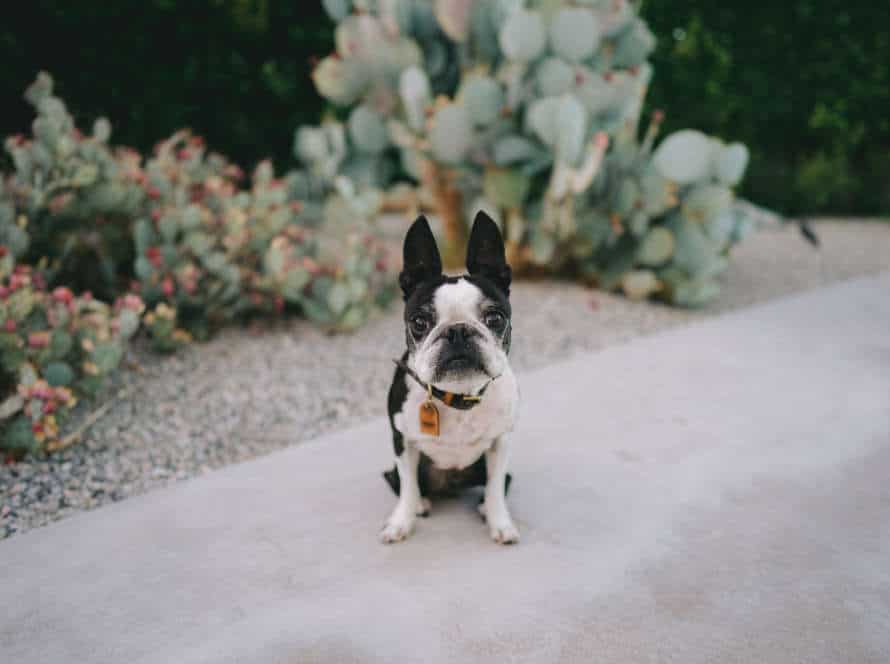Tailoring Your Leash Training Approach to Your Dog’s Unique Needs
Tailoring your dog’s leash training to its needs is key to success. Every pup has its own personality, behaviour, and training needs. Here are some essential leash training techniques for your pooch, based on its uniqueness:
- For shy or timid doggos: Gently approach, practice indoors first, use treats and positive reinforcement to boost confidence.
- For exuberant or eager pups: Firm and consistent commands, limits, toys or fetch to keep them focused.
- For older dogs: Consider physical limitations and health, adjust leash length and pace for comfort and safety.
- For puppies: Start training early, practice in safe and familiar areas, positive reinforcement and socialization with sights, sounds, and smells.
Every dog is unique, so their leash training should be tailored to their individual needs.
Understanding Your Dog’s Personality
Your pooch’s behavior and personality can have a big impact on how you leash train them. Therefore, it is key to comprehend their individual necessities, characteristics and what triggers them. To make the most of your training plan, take the time to look at your doggy’s behavior. By doing this, you can make changes to your approach and get the best outcomes.
Let us explore the fundamentals of understanding your four-legged friend’s character.
Different Breeds, Different Personalities
Dogs have individual personalities, influencing behavior, learning style and leash training needs. To train your dog well, you need to know their personality. Let’s look at some common types:
- Energizer: High energy dogs need lots of exercise and brain stimulation. Try interval training and games during walks.
- Shy: Scared or anxious in new situations? Start with quiet walks and reward them for confidence.
- Explorer: Sniffing, exploring and detours? Give them breaks and let them set the pace.
- Independent: Strong-willed and resistant? Establish boundaries with positive reinforcement and consistency.
Tailoring leash training to your pup’s personality builds a strong bond and enjoyable walks.
Body Language and Signals to Look for
Leash-training a pup? Pay attention to their body language and signals! Get to know their personality. Here are some to look for:
- Tail – wagging indicates happiness or excitement. Low or tucked tail – fear or anxiety.
- Ears – perked up means alertness. Flattened – fear or aggression.
- Body Posture – relaxed and loose? Calm and friendly. Tense with raised fur – aggression or fear.
- Eye Contact – direct is dominance or aggression. Avoiding – shyness or submission.
By noting these signals, you can get to know your pup and better adjust your training. Get the best outcome!
Finding Your Dog’s Motivation
Grasping what drives your pup is essential for leash training success. Here’s some guidance to uncovering your pup’s motivation:
- Inspect – Keep an eye out for what most enthuses your pup. Is it food, playthings, consideration, or praise?
- Experiment – Test different types of rewards to check what your pup reacts best to. Does your pup fancy treats or toys?
- Personalize – Once you’ve discovered what motivates your pup, customize your leash training approach accordingly. For instance, if your pup is food-motivated, utilize treats as rewards during training sessions.
Keep in mind, each pup is one of a kind and what works for one pup may not work for another. By understanding your pup’s personality and customizing your training approach, you’ll be on your way to successful leash training in no time.
Choosing the Right Leash and Collar
Selecting the ideal leash and collar for your pup is essential for successful leash training. Size and breed must be taken into account when making your selection, as well as your pup’s individual requirements. Different leashes, collars, and harnesses have their own perks and drawbacks, so it’s critical to pick the ones that are best suited for you.
Different Types of Leashes
Finding the correct leash for your pup’s special needs can make a huge impact on your training. Here are some different types of leashes you can pick:
- Standard Leash: This is the most popular kind. It ranges from 4 to 8 feet in size. Perfect for everyday walks and training.
- Retractable Leash: Let your dog roam further from you but still maintain control. Great for open areas. Not great for training, as it can be tough to control.
- Martingale Leash: This one is for pups who pull or escape their collars. It gives a fast correction but won’t choke or hurt them.
- Harness Leash: For dogs who pull or have neck/throat problems. Wraps around their chest for more control without harm.
Choosing the right collar, leash and tailoring your training to your pup’s needs can help you reach your goals faster.
Different Types of Collars
Collars have a huge role in training dogs. There are many types of collars to choose from, based on your pup’s needs. Here they are:
- Flat Buckle Collars – this is the usual collar with a buckle and a ring for the leash or tags.
- Martingale Collars – two loops, one for the dog’s neck and one for the leash. Tightens to stop the pup from slipping out.
- Head Collars – fit around the head and mouth, giving owners control.
- Harnesses – provide extra support for dogs that pull on the leash, and no pressure on the neck.
- Choke Chains – metal chain to tighten when pressure is applied. Mostly used for training.
It’s important to pick the right type of collar for leash training. Take time to understand your dog, then decide. Pro-tip: talk to a professional trainer if you’re unsure about using collars – it can be dangerous if done wrong.
How to Size and Fit a Collar
Getting the right fit with a collar is essential for your pup’s safety and comfort when leash training. Here’s what to do:
- Measure your dog’s neck with a soft measuring tape. Add two inches to get the correct length.
- Choose a collar that fits with your pup’s size and strength.
- Check the fit by slipping two fingers in between the collar and their neck. It should be snug, not too loose or too tight.
- Make changes if needed.
When you’ve got the perfect collar, consider your pup’s needs and personality when selecting a leash and training approach. For instance, a retractable leash may suit a well-trained dog, but may not be suitable for one who hasn’t learnt how to stay calm on a leash. Don’t forget, choosing the right leash and collar and customizing your approach can make leash training great for both of you!
The Importance of Positive Reinforcement Training
Training your pup? Positive reinforcement is the way to go! Praise and rewards for good behaviour, not punishing bad. This is proven to be the most effective, humane and least stressful approach. It’s important to tailor training to your dog’s individual needs.
Rewards-Based Training: Treats, Toys, and Praise
Reward-based training is a great way to train your pup! It uses positive reinforcement, like treats, toys, and praise. It helps them be better behaved, strengthens their bond with you, and boosts their confidence. For leash training, it’s best to fit it to your pup’s individual needs. Here are some tips:
- Pick treats and toys they love, so they’re rewarded during training.
- Let your pup know that wearing the leash is a good thing by giving them a treat when they accept it or stay close.
- Start off small and gradually increase the length and complexity of the training.
Always remember to be patient, consistent, and positive when training your pup. That way, you’ll both enjoy a happy, obedient pooch!
How to Effectively Use “Clicker” Training
Clicker training is a great way to train your pup! It’s based on positive reinforcement. Here are some tips to use it:
- Choose a quiet, no-distraction spot.
- Start with basic commands like ‘sit’ and ‘stay’.
- Make sure your pup knows that the ‘click’ sound means a reward.
- Be sure to give positive reinforcement for good behavior and ignore bad.
- Tailor your training to your pup’s personality and needs – use high-value treats or toys.
- Consistency and patience are key to good results.
Avoiding Negative Reinforcement Techniques
Negative reinforcement in dog training? Not cool! It can cause fear, anxiety and aggression. Positive reinforcement is the way to go. So how to do it? Here are some tips:
- Understand your pup’s learning style and personality.
- Pick rewards that really motivate them, like treats, toys or praise.
- Break down the training into small steps and reward success.
- Use positive reinforcement – treats and praise – for good behavior.
- Be patient, consistent. No punishing or scolding.
- Tailor your approach to your dog’s needs. Build a strong bond and help them thrive!
Basic Leash Training Techniques
Leash training your pup? Great idea! There are various methods, and you can pick the one that best suits your dog. We will discuss the basics here. Use positive reinforcement, reward them and eventually move on to more challenging techniques. Simple!
Loose Leash Walking
Loose leash walking is a must-have skill for all dog owners. To train this, your pup needs to learn how to walk calmly with you, and not pull or lunge on the leash.
Here are some steps to help you:
- Reward your furry friend with treats and praise when they walk nicely at your side.
- Start teaching in a place with few distractions, and then add more as they get better.
- Using a front-clip harness or head collar can help you control your pup without being uncomfortable.
- Be aware of your pup’s individual needs. For example, a longer leash for energetic dogs, and shorter for reactive ones.
- Lastly, stay patient, consistent, and be willing to change techniques when needed.
Sit-Stay Commands
Sit-Stay commands are key for leash training. Customize your approach to fit your pup’s individual needs. Here are some tips:
- Figure out which learning method your dog prefers: praise, treats, or both?
- Choose the right time and place. Minimize distractions and keep sessions short and upbeat.
- Start with Sit before moving on to Stay.
- Use positive reinforcement like verbal praise or treats to motivate your pup to stay.
- Increase duration of Stay command slowly. Have patience and take breaks when needed.
- End each session with something positive.
Making Safe and Comfortable Turns
Leash training your pup is essential. Here are some techniques to make sure it’s tailored to your pup’s needs:
- Treats or rewards to encourage walking beside you when turning.
- Practice in low-distraction areas first.
- Gradually increase speed to avoid lag or pulling ahead.
- Hand signals or verbal cues to let pup know when to turn.
Remember, each pup is different! Understanding breed and personality helps build an effective plan. Pro tip: Be patient and consistent. Leash training takes time, but with the right tech and positive reinforcement, your pup can learn to make safe, comfortable turns.
Advanced Leash Training Techniques
Leash training your pup must be tailored to their unique needs. Consider their individual traits, behaviours and needs. This will give the most effective training. Here you’ll find advanced leash training techniques. To create the right approach for your pup, these techniques will help.
Teach Your Dog to “Heel”
Training your pup to heel is super important for leash training. It means walking it next to you in a controlled manner and having the correct posture.
Here are some ideas for customizing your leash training approach to your pup’s needs:
- High-energy pups? Do an exercise session before training to help keep them concentrated and more responsive.
- Timid pups? Use positive reinforcement and compliments to boost their confidence and make training a good experience.
- Distracted pups? Use treats or awards to hold their attention and reward them for good behavior.
- Stubborn pups? Be firm but patient and break the training into smaller goals.
Consistency, patience and positive reinforcement are vital for successful leash training. Have a great trail!
Mastery of the “Go” and “Stop” Commands
Train your pup to obey “go” and “stop” with advanced leash training. Use these techniques to suit your furry friend’s needs:
- Positive reinforcement – Reward your pup when they follow commands with treats or praise.
- Consistency – Use the same words and gestures each time so they link the command to the action.
- Time it right – Give your pup ample time to respond before repeating or correcting.
- Increase difficulty – Once your pup’s got the hang of the commands, start adding distractions and challenging situations.
- Pro tip – Be patient and consistent, end each session with something positive to keep your pup motivated.
How to Properly Cross and Navigate Streets
Crossing and navigating streets with your pup is a must for their safety. Leash training them takes into account their unique traits. Here are some advanced leash training techniques:
- Desensitization: Introduce your pup to the sights and sounds of traffic, in a quiet area, and increase the level gradually.
- Positive Reinforcement: Reward your dog with treats or praise when they obey commands or navigate the street.
- Tailor the approach: Consider your pup’s personality, energy level, breed, and age when training. High-energy dogs need more exercise, but senior pups may need a slower pace.
Use a secure leash and collar or harness while remaining patient during the training process.
Pro Tip: Always prioritize your pup’s safety and be ready to protect them if they’re in danger while crossing streets.
Troubleshooting Common Leash Training Problems
Every dog is distinct! Their leash training needs vary. Pet owners must understand their pup’s behaviours, personality and traits to create a leash training program for them. Let’s explore some of the common leash training issues pet owners have and how to tackle them.
Dealing with Pulling and Lunging Behaviors
Pulling and lunging are common in leash training dogs. The good news is, you can address these issues with the right strategy. Here are some tips:
- Stay calm and assertive. Dogs pick up on emotions, so stay in control.
- Use positive reinforcement. Reward good leash behavior, this will encourage them to keep it up.
- Get a no-pull harness. This type of harness prevents pulling and lunging by applying pressure to the front of the body.
- Get professional help. If your dog’s leash behavior is severe, get help from a professional trainer. They can create a plan tailored to your dog’s needs.
Addressing Fear or Aggression Toward Other Dogs
If your pup acts scared or aggressive around other dogs, here’s some advice to try during leash training.
- Identify the behavior triggers. Work out what’s causing your dog’s hostility or fear of other pooches. It could be other dogs, people, or a certain situation.
- Gradually introduce your dog to others. If your dog’s scared or aggressive, gradually let them meet other doggies. Use distance and positive reinforcement to make it less stressful.
- Seek professional help. If it continues, get a pro dog trainer or behaviorist to develop an approach that fits your pup’s needs.
Remember, each dog is different. Train your pup with patience and consistency. This will help them get over their fear or aggression of other dogs.
Introducing Different Terrains and Distractions
Troubleshoot common leash training problems with different terrains and distractions. Start in a quiet, distraction-free area to establish basic leash skills with your dog.
Gradually introduce new terrain and distractions like grassy areas, populated streets, or parks.
Keep walks short and fun. Reward good behaviour with treats, praise, or playtime.
If your dog is too distracted or overwhelmed, bring them back to a calmer environment.
Be patient and consistent as leash training takes time and practice.
With the right approach and positive reinforcement, your dog can be a confident and well-behaved walking companion.
Consistency and Patience: Keys to Success
Training your pup to walk nicely on a leash is no simple task. But, it is possible with the correct strategy. Consistency and patience are both very important. This means you must always use the same approach and stay patient when your pup isn’t understanding or reacting as expected. Let’s look at how to do this, adapting to your pup’s unique needs.
Creating a Training Schedule and Routine
Creating a training schedule and routine is a must for leash-training your pooch! Consistency and patience are the foundations of success. Customizing your approach to fit your pup’s individual needs is key. Here are some tips to help you:
- Start off with brief training sessions that gradually get longer.
- Pick a calm and familiar spot with minimal distractions.
- Use positive reinforcement like treats and praise to reward good behavior.
- Be patient and consistent. Repeat commands as needed and reinforce desired actions.
- Adapt your training approach to your pup’s breed, age, and temperament.
By being consistent, patient, and tailoring it to your pup, you’ll have your dog confidently and obediently walking on a leash in no time!
Understanding That Each Dog Learns at Their Own Pace
Teaching leash training to your pup can be tricky. Every dog learns differently and needs personalized instruction. Some pups may not like leashes, while others may need a refresher. So, be consistent and patient with your training!
One size does not fit all when it comes to teaching. Understand your pet’s limitations and use positive reinforcement. Short, regular sessions are key.
Pro tip: Show love and respect while training. Reward small successes with treats and praise. This will build your dog’s confidence and speed up learning.
Celebrating and Recognizing Progress and Achievements
Celebrating and recognizing successes is key to keeping motivation and getting long-term success in any task. It counts for both people and pup training.
When it comes to leash training, consider your pup’s unique needs. Understand their energy level, behavior, and what sets them off. Set goals and expectations that you can accomplish with the training. Acknowledge progress – even if it’s small things like fewer pulls on the leash or longer periods of walking. Doing this will help your pup stay motivated and build up to bigger successes. Be patient and consistent with training. It may take time, but with persistence, you and your pup will succeed.
Frequently Asked Questions
Q: How do I know what type of leash is best for my dog?
A: The type of leash you choose depends on your dog’s size, behavior, and training needs. For example, a retractable leash may be suitable for a well-trained dog that is accustomed to walking calmly on a leash, while a standard leash or a harness may be better for a dog that pulls or lunges during walks.
Q: Can I train my dog to walk without a leash?
A: It is possible to train some dogs to walk without a leash, but it requires consistent training and a thorough understanding of your dog’s behavior and temperament. It’s also important to note that walking off-leash is only safe in designated areas, and it’s illegal in many public places.
Q: How do I teach my dog to walk on a loose leash?
A: Teach your dog to walk on a loose leash by rewarding good behavior and redirecting undesirable behavior. Start with short walks in a low-distraction environment, and gradually increase the length and complexity of your walks as your dog gets better at walking on a loose leash.
Q: My dog is afraid of the leash. What can I do?
A: If your dog is afraid of the leash, it’s important to take a step back and reintroduce the leash gradually. Start by placing the leash on the ground and encouraging your dog to sniff it. Reward your dog for approaching the leash, and gradually work up to putting the leash on your dog’s collar or harness.
Q: What do I do if my dog pulls on the leash?
A: To discourage pulling behavior, stop walking as soon as your dog starts pulling on the leash. Wait for your dog to relax and release tension on the leash before continuing your walk. You can also redirect your dog’s attention to a toy or treat to keep them focused and engaged during the walk.
Q: My dog is stubborn and difficult to train. What can I do?
A: If your dog is difficult to train, it’s important to seek the help of a professional dog trainer. A trainer can assess your dog’s behavior, develop a customized training plan, and provide guidance and support throughout the training process.

